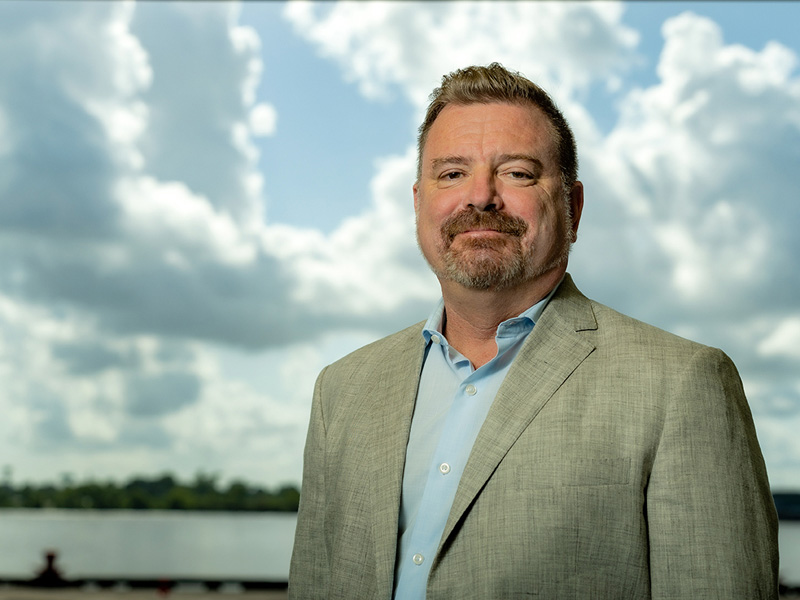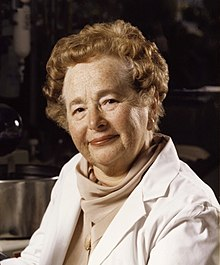In this position paper, I argue that the main purpose of research is to discover and report on phenomena in a truthful manner. Once uncovered, these phenomena can have important implications for society. The utility of research depends on whether it makes a contribution because it is original or can add to cumulative research efforts, is rigorously and reliably done, and is able to inform basic or applied research and later policy. However, five serious “diseases” stifle the production of useful research. These diseases include: significosis , an inordinate focus on statistically significant results; neophilia , an excessive appreciation for novelty; theorrhea , a mania for new theory; arigorium , a deficiency of rigor in theoretical and empirical work; and finally, disjunctivitis , a proclivity to produce large quantities of redundant, trivial, and incoherent works. I surmise that these diseases have caused immense harm to science and have cast doubt on the role of science in soc






